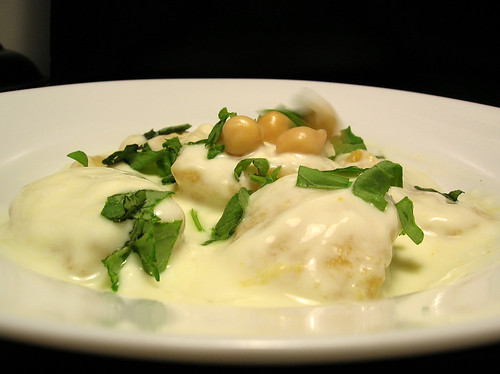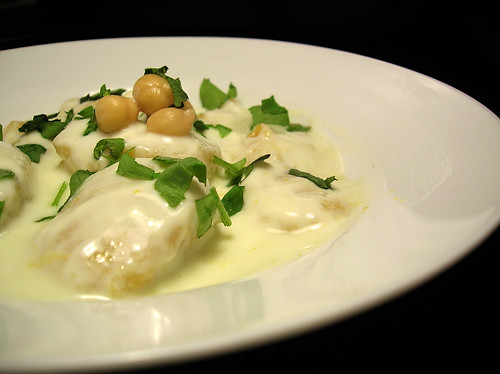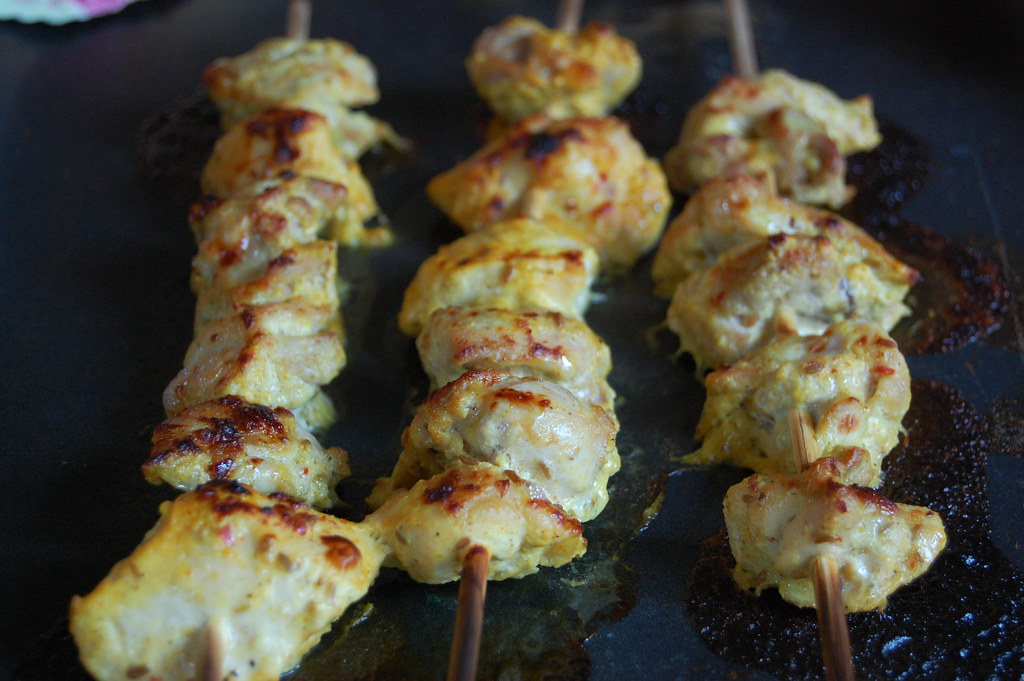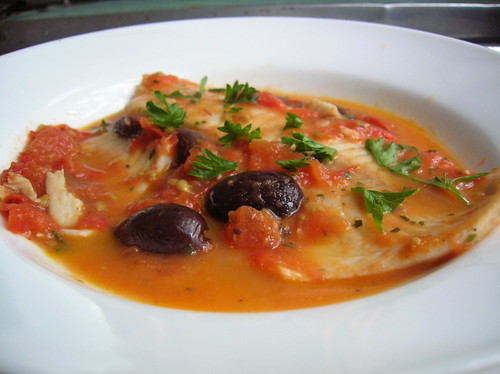
Allow me an introduction.
I arrived in Syria alone, with one very large red suitcase and only 3 nights reserved in a hotel. I had just graduated from college and bought myself a one-way ticket to Damascus, not knowing it would lead to a wonderful group of friends, a job I loved, a couple nervous breakdowns, and a life's worth off cultural experiences. All I knew was I needed a place to stay while I got myself settled.
I had lunch with Michael, my sole friend in Damascus, who mentioned he knew a family who wanted a boarder. He warned me they lived in a poor area, but said they were good people and had great food. The next day Michael led me around the walls of the old city, then down a dirty and busy street full of liquor stores signifying we were in the Christian area, past a monastery and down a squalid dirt road. I was dubious by the time I reached the apartment door, but I was relieved to be greeted by two beautiful young girls who kissed my cheeks and welcomed me into a lovely warm sitting room. Soon, Um Hana, a tall worn-looking woman in her house dress, began ferrying platters of little Syrian pizzas, potatoes, and gorgeous salads to the table. Despite my limited formal Arabic and the family's lack of English, it was clear Michael was right about their good-nature and certainly right about the food. Over a lengthy afternoon of mate and tea it was decided I would stay with them for 1 month while I looked for a flat of my own.

My first few days, Um Hana showed me the local buses and vans and walked with me from Bab Sharqi to the house repeatedly to make sure I wouldn't get lost, pointing out which vegetable sellers had good prices, which pharmacist was good. She showed me how to light the difficult sobia heaters to ward off the January chill and how to heat water for the bath. But mostly, she taught me how to cook.
I considered myself a fairly accomplished home cook, but this was a different world to me. Being a poor family, nearly everything was made from scratch- jam, cheese, biscuits, and everything was made in huge volume. I came home one afternoon to find Umm Hana and one of the girls seated on the floor with a huge pile of oranges- enough to fill a bathtub. "We're making jam," she said. We spent the next four hours grating the zest from the bitter oranges, trading places when our knuckles became raw, then halving and removing the pulp (they were a type of bitter orange), and then taking the prepared peels, rolling them up, and sewing them into long strings with a needle and thread. Finally, the peels were blanched and rinsed several times in a giant pot, then cooked in a sugary syrup to make jam. Only a week ago I'd been in New York eating at my favorite neighborhood place, now I was sitting on the floor of a Damascus apartment sewing together orange peels.

Though my Arabic was still limited, Umm Hana is perceptive and when I expressed my interest in cooking she began showing me how to make things. But first I had to be taught the best way to cut a tomato, and how best to pound things in a mortar and pestle. I played sous-chef as we made freekiah b'il djaj, cooking chicken and cracked green wheat on Sunday morning while the 3 children were at church, or stewed green moloukhia leaves and fried stale pita for perfect fattoush salad. Over the period of three days Umm Hana made cheese, adding rennet to a huge pot of milk, draining curds and whey, pressing, salting, and drying.
Those first few weeks I was also learning a lot about Syria, Syrian culture, and this new family. My first night there I realized in horror that while I slept in my spacious bedroom, the rest of the family slept in a tiny sideroom, all 5 of them on mattresses on the floor. I called Michael, asking him what I could do. Nothing, he replied cynically, your rent money is enough. The children's clothes were mended and worn and the father was completely absent. The whole time I was there I saw him twice, he ran a small shop which made no money and spent evenings whiling away in his time in cafes and bars. Clearly Um Hana was the backbone of the family, managing the family's money, hiring tutors because the schools were bad. When I bought them a big tin of fancy shortbread rings or an extra bucket for washing they responded awkwardly, I realized that by buying them things I simply highlighted our differences. Rather, it was best for me to help out around the house, folding laundry, secretly buying extra laundry detergent, tutoring the children's English and taking them for an occasional ice cream.
After I moved out, I continued to visit the family regularly, and had regular phone calls from Um Hana.
Come by, she'd say,
I'm making moloukhiyya, your favorite. As soon as I arrived I would take up my usual station in the kitchen, stuffing vegetables, chopping salads. She told me how she admired the freedom of Western women to travel and study, about how she had once worked in a factory sewing sequins on clothes, about how she wished she could have had more from her life but that she was contented with her home, she loved to cook and enjoyed her children and friends. My Arabic had improved too, and we joked and gossiped and I realized what Umm Hana wanted, what she needed was not a sous-chef but a confidant, a friend. The garlic I pounded was merely a ruse for something deeper, friendship.

When her family sent her little ring-shaped biscuits from Hasake, she set aside a box for me, knowing I loved them. She sent me home with jam and leftovers. When my family visited, Umm Hana cooked for them. In exchange, I tried to help out when I could, helping clean and rent an apartment Umm Hana had inherited, running errands, bringing them fruits and small sweets. I attended the youngest girl's First Communion and celebrated Easter with them, went to the kids final summer camp performance. In order to make more money, Um Hana began cooking for some local students, providing evening meals in her modest kitchen for a group of 5 British and Italian boys. She turned out Arabic staples as well as French and Chinese dishes (she makes a mean vegetable stir-fry the kids call Assia-wiya).
We all have mentors in cooking, usually our mothers and grandmothers, who teach us the classic dishes, the handed down recipes, the secret tips and tricks. Umm Hana has certainly taught me all these things, but more important are all the other things she has taught me. The true meaning of generosity, the value of family and friendship, how to bridge a cultural divide, how 'help' has more than one meaning. Because sometimes, all you need is for someone to stand beside you and chop some parsley.
 Um Hana's Chicken GratinThis is very rich but undeniably good. Yufka is sort of a thicker version of phyllo dough, if you use phyllo, look for the thicker type (there is usually a note on the side of the box), and make sure to leave time to thaw it if frozen.
Um Hana's Chicken GratinThis is very rich but undeniably good. Yufka is sort of a thicker version of phyllo dough, if you use phyllo, look for the thicker type (there is usually a note on the side of the box), and make sure to leave time to thaw it if frozen. 6-8 sheets yufka or phyllo dough
4 tbl butter
4 tbl flour
3 cups warm milk
pinch nutmeg
1 cup chopped mushrooms
250 g (~1/2 lb) cooked shredded chicken
1 cup grated mild cheese, such as Kashkeval or mozzarella
4 tbl melted butter
In a large pot, melt 4 tbl of the butter over medium heat. Whisk in the flour and cook until paste is thick but not brown, only a few minutes. Whisk in the warm milk, and continue to stir as the mixture thickens. Lower the heat, add the nutmeg, salt, and 1/4 cup of the grated cheese, and stir until thick and smooth, 2-3 minutes more. Remove from heat and set aside to cool.
In a small saucepan, saute the mushrooms in a bit of butter until they are just softened. Add the mushrooms to the white sauce along with the chicken.
Preheat the oven to 350. Brush a casserole dish or large round baking pan with some of the melted butter. Layer 3-4 sheets of the yufka or phyllo dough in the bottom and sides of the pan. Stir the remaining cheese into the white sauce, then pour into the casserole. Layer the remaining dough sheets on top, brushing each with melted butter. Bake until firm and golden, about 20-25 minutes. Serve warm in small squares.
































